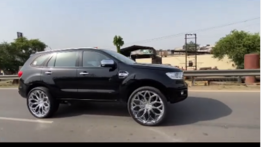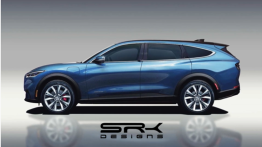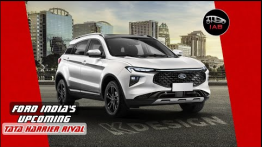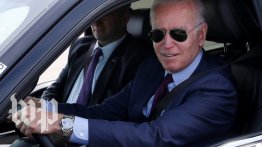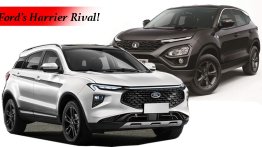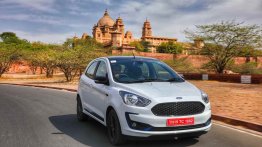We had a chance to converse with Ehab Kaoud, a South American designer who is responsible for the eyeballs the Ford EcoSport is getting today, at the product's deep dive program in Goa last week. Here's Kaoud (E.K from here on) responding to some of the frequently asked questions on the design of the EcoSport and the questions we came up with after viewing the product.
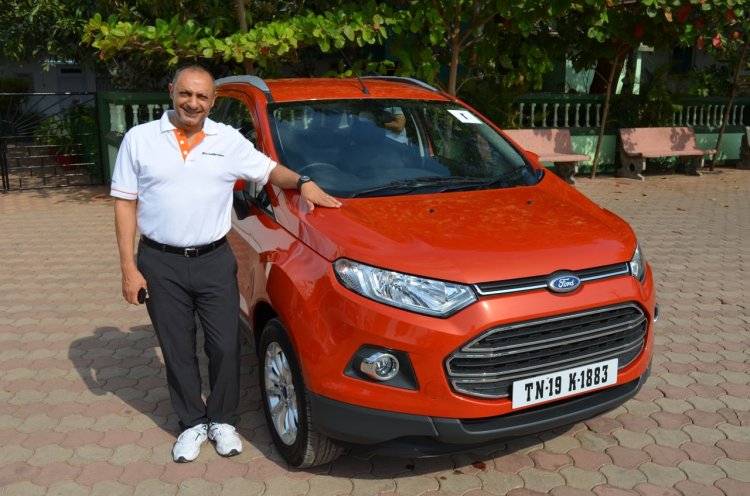
IAB - The EcoSport has a long tradition in Brazil. How did you take a regional model and make a 'One Ford' global car? What were the main challenges there?
E.K - As you've said the first generation model was only regional. It was specially created for the South American market. The new one created some challenges. Within a Ford process or development we do market researches. So we've gone through three market researches here in India for this product. The process calls early on for a market research. At that point you don't have a design, you have some ideas of what the car might be. So you rely on imagery in some cases which may not be cars, and in some cases they may concept cars. We created a bunch of ideas where we had our Ford Bronco Concept as tough and rugged, on the one side. The other side we had a concept car that was on the tough side (no name specified).
And then we created a bunch of tough, rugged, trendy, timeless..about 7-8 concept cars...and we wanted to gauge where Sameer (the name of the ideal Indian EcoSport customer) would put these scale models.
Our global market studies found that there were some contradictions, but there were a lot of similarities. I attribute this to the age of the internet where today's generation is a global generation. We're all exposed to the same information. The consumer today is very well aware about design, engineering, and so many things that 25 years ago, they were not.
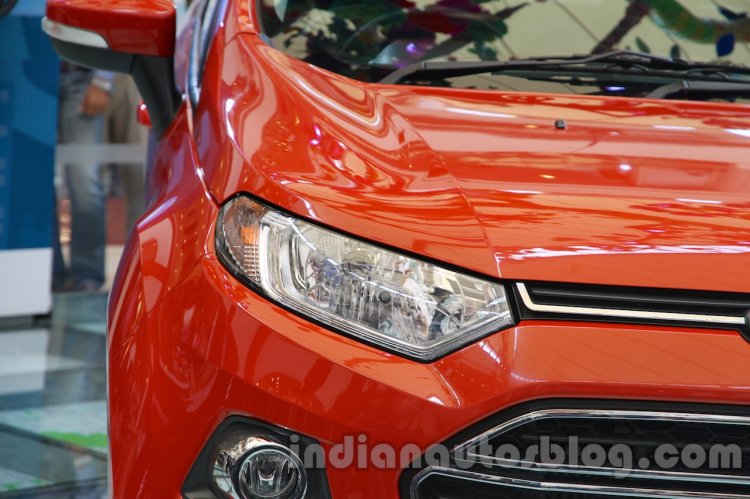
So a part of it helped, and the other part is simply taking all the information through market research and then putting it together and finding where the sweet spot is. I told the designers rather than sketching, you have the information, you know what the similarities are in each market, I want you to pretend the year is 2013, and journalists are putting your car on the cover of their magazines. What do you want the journalist to say? What is the title of the article on your car?
Each one of them then came up with a cover of a magazine and each one said I want the journalist to talk about fuel efficiency. I want the journalist to talk about contemporary styling. I want journalist to speak about ambiance. I told the designers, based on this, now you know where to get to, let's go back to beginning and work towards that. And at that point we started sketching. That was really the one thing that helped create a product that would work for India and South America.
For the South American market you had a product that was extremely successful. They came in with certain expectations. It was a bit easier in India and China. The South American consumer came in with a pre-conceived idea of what the product needed to be. In some cases, its good and in some cases its bad.
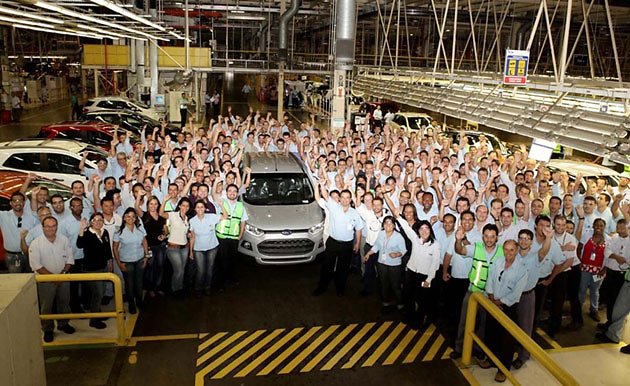
Nevertheless, we went ahead and right before we started, Ford had conducted some research there (South America) and we found out the consumer there are moving on. When the EcoSport first came out in 2002, it was the lone star in the marketplace. Everybody gravitated towards it, the competition wanted to go into the same segment. Companies like VW took a hatch, raised it and put bigger wheels on it. They went through the expense of putting a tire on the rear of the car to simulate what we've done. Other companies did something different. Honda went in a very different route rather than a off-road SUV, they went and created something like the Fit (Jazz) where its sort of like a minivan..a people mover.
But through all of this, since 2002 when the EcoSport came out, the market in South America has been changing. They want something more contemporary, more exciting, something up to date with the technology now. It helped to tie all the regions together.
IAB - Who did you see driving the EcoSport when you designed it?
E.K - Even though Sameer is a fictitious character, Sameer is a real person when you understand what he is into, the family he has..what does he do on weekdays and weekends..what is he into from a technology standpoint? All of these are things we really worked hard on to put into the car. Storage space was very important for Sameer here, or Chang in China or Ricardo in South America considering urban living and issues with the idea of urban living. Like safety for example, safety in terms of parking the car in a neighborhood that's not safe and if you have a mobile phone or a laptop, where would you put it for it to be safe? So we have a small compartment under the seat for it. These are some of the little things we added in the car for the urban consumer.
IAB - Was there heavy debate on having the spare wheel on the hatch?
E.K -There was a lot of discussions of the tire on the rear. A big advantage to have the tire on the rear is whatever you remove from the inside of the car, it creates more space. So that's a plus. The second is because its a very urban SUV, just having that on the outside gives you a feature that is already associated with an SUV type of product.
Naturally in South America they absolutely wanted the tire on the rear. But what's interesting about the Ford process is the market research. Because through market research you're going to the customers in different regions and finding out their interests, the issues that they may like or not like, to help us give customers what they want. Through the three researches that we've done in India, not once the issue of the tire on the rear came up. From a design standpoint, you don't want to do the same thing over again. So we want to do the tire on the rear, but we want to do it in a modern way. I always tell the designers, yes its done this way today, but how do you take it to the next level? How do you make it more modern for 2016..for 2020?

IAB - On the concept car unveiled last year in Delhi, we had a LED strip on the headlight which created a fan following in India. Would you consider putting it back in when the product goes in for its mid-life refresh?
E.K - Absolutely. That would be one of the elements. Headlamps would be important, and as I talked a little about the design DNA, it does not consist only of grilles. It consists of headlamps, tail lamps, body styles, etc.
We even have headlamp DNA, we have lighting strategies that we work on. We ask what are the next technologies on lighting? What are the elements in the light that we create would make the customer say that its a 'Ford light'?
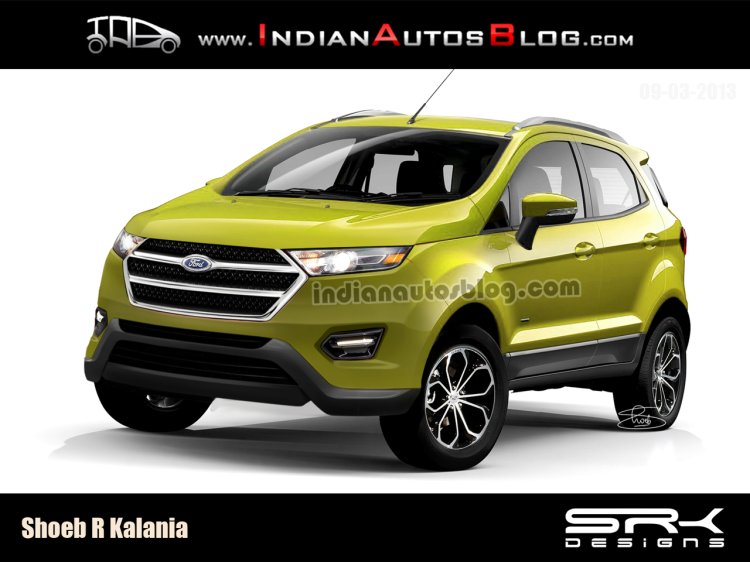
You see a lot on the competition. On the more expensive products they are beginning to add LED lighting, projectors, etc. So that is an element that we work on towards the future of any our products. That is one detail that we pay attention to not only for the looks, but also from the technology standpoint. And in general, technology usually comes on the very expensive car and it migrates down as the price gets cheaper. Step by step you are going to find these technologies come into less expensive cars.
IAB - When you consider a global car like the Camry, it is marketed for the driver in the U.S. and intends to be a chauffeur driven budget Lexus in places like India. Would you like to see more individualization on your global car, the EcoSport, from region to region?
E.K - I think only if the customer asks for it. In South America they want the interiors to be dark. Its the same part, but we can inject a different color. We're doing it for India by offering a light color in some variants. The color and material can be tailored to the needs of the consumer in certain areas and we've done that.
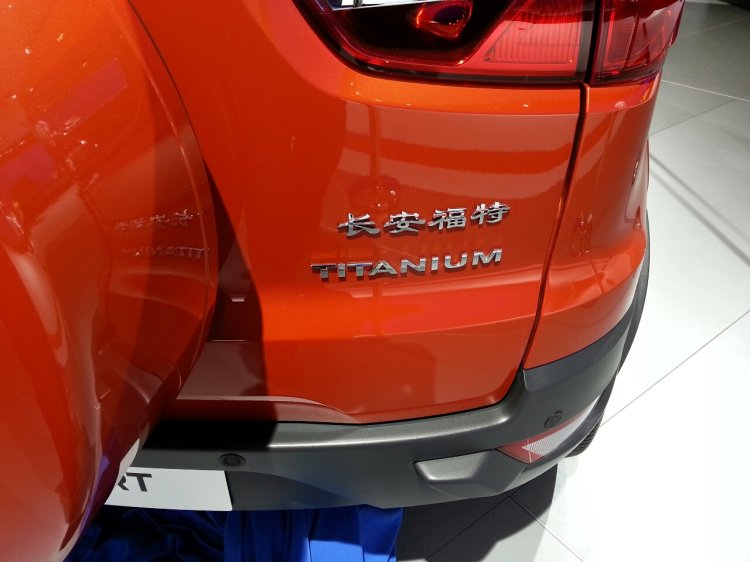
IAB - Would you view the 'One Ford' global strategy, and having one car for the whole world, as a restriction for a designer?
E.K - You wouldn't really notice it, but there are certain things that are different to markets and that you have to do as there are regional regulations that you need to abide by. Companies want to be global but regulations are not global and we have to adhere to certain things if we have to sell this car in India. The perfect example is the sub-4m rule. That is something we absolutely wanted to give the Indian consumer and we made changes for the Indian consumer.
IAB - The EcoSport as a family, has powertrain variants and driveline variants. But what about extending it to different body configurations? Would it happen in the future?
E.K - We're always looking at certain things and markets and what we can offer the customer in whichever market we maybe in. But there's nothing specific I can talk to you about today.
